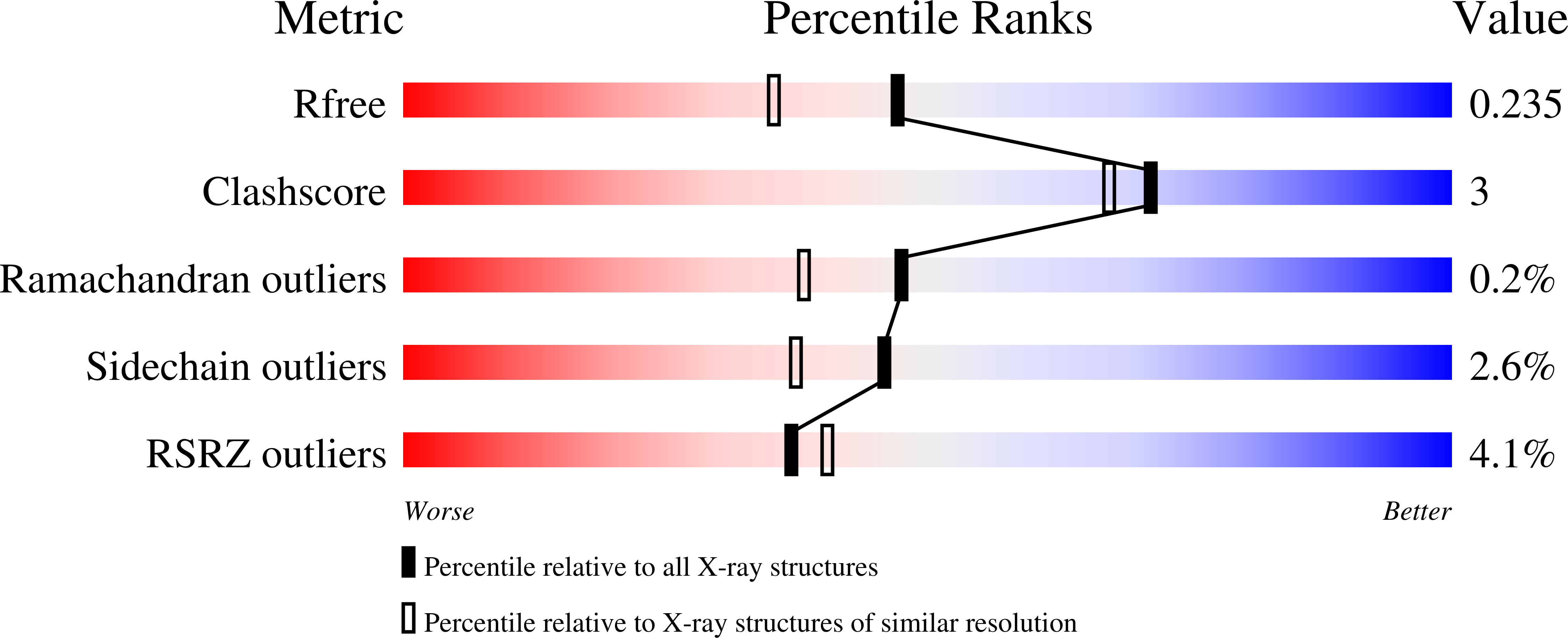
Deposition Date
2010-04-15
Release Date
2010-06-23
Last Version Date
2023-09-06
Entry Detail
PDB ID:
3MKK
Keywords:
Title:
The crystal structure of the D307A mutant of glycoside HYDROLASE (FAMILY 31) from Ruminococcus obeum ATCC 29174 in complex with isomaltose
Biological Source:
Source Organism:
Ruminococcus obeum (Taxon ID: 411459)
Host Organism:
Method Details:
Experimental Method:
Resolution:
1.91 Å
R-Value Free:
0.21
R-Value Work:
0.17
R-Value Observed:
0.17
Space Group:
P 1 21 1


